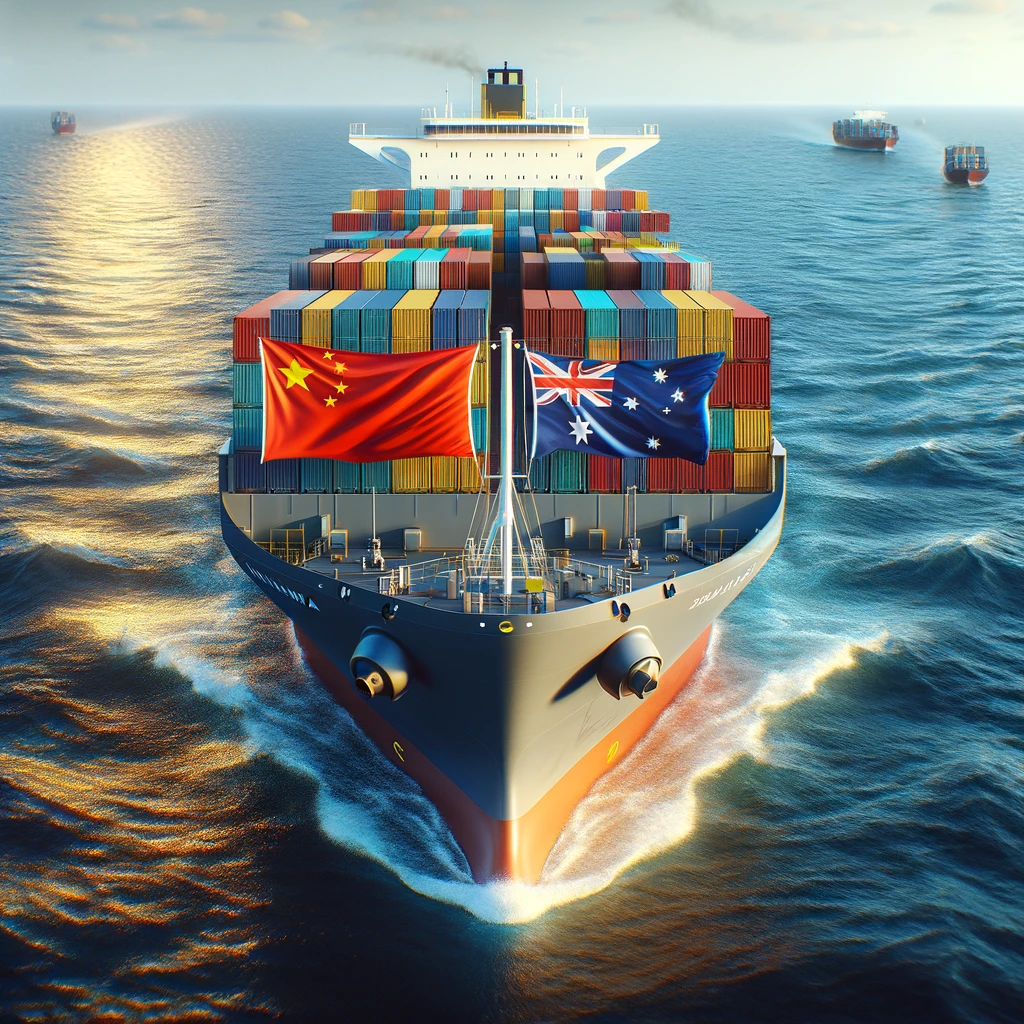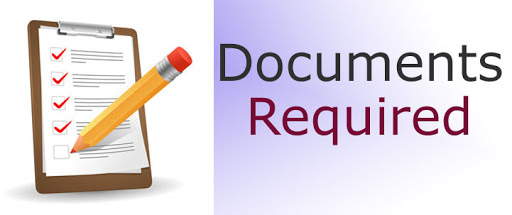- By TOP CHINA FREIGHT
- October 10, 2025
- Shipping
Table of Contents
Choosing the right shipping agent China to Australia can make a huge difference in your import success. From freight booking and customs clearance to cargo tracking and delivery, a professional agent ensures your goods arrive on time and within budget. As trade between China and Australia continues to grow, understanding logistics, costs, and documentation is key to building an efficient and profitable supply chain.

Why Do You Need a Shipping Agent China to Australia?
Working with a shipping agent simplifies the complex process of international logistics. They coordinate every step — from pickup at the Chinese supplier to final delivery in Australia. Moreover, agents help importers avoid costly mistakes related to documentation and customs.
A professional agent offers:
- Transparent freight quotes and schedules
- Accurate customs declaration and duty calculation
- Reliable cargo insurance options
- End-to-end tracking and after-sales service
For businesses unfamiliar with import procedures, a China-based freight forwarder can also consolidate shipments and reduce total transportation costs.
How Long Does Shipping from China to Australia Take?
Transit times vary depending on the chosen shipping method. Sea freight remains the most economical, while air freight provides the fastest delivery for urgent goods.
| Shipping Method | Transit Time | Best For | Average Cost (per CBM) |
|---|---|---|---|
| Sea Freight (FCL) | 18–28 days | Bulk or full container loads | $60–$90 |
| Sea Freight (LCL) | 22–32 days | Smaller shipments | $80–$120 |
| Air Freight | 3–7 days | Urgent or high-value goods | $6–$10/kg |
| Express Courier | 2–5 days | Samples, small parcels | $9–$15/kg |
Additionally, the route and destination port affect total time. Shipping to Sydney and Melbourne is generally faster than to Fremantle or Darwin.
What Are the Main Shipping Routes from China to Australia?
The busiest ports for sea freight from China include:
- Shanghai Port
- Ningbo Port
- Shenzhen (Yantian) Port
- Qingdao Port
Major Australian ports receiving imports are:
- Port of Sydney (NSW)
- Port of Melbourne (VIC)
- Port of Brisbane (QLD)
- Port of Fremantle (WA)
Moreover, many shipping agents China to Australia offer multimodal solutions — combining sea, rail, and truck transport for better delivery flexibility.
How Much Does It Cost to Ship from China to Australia?

Freight costs depend on several factors: cargo volume, weight, transport mode, and incoterms (FOB, CIF, DDP).
| Shipping Mode | Container Size / Type | Average Cost (USD) | Notes |
|---|---|---|---|
| FCL Sea Freight | 20ft Container | $1,200–$1,800 | Ideal for bulk shipments |
| FCL Sea Freight | 40ft Container | $2,200–$3,000 | Best for large cargo |
| LCL (per CBM) | — | $80–$120 | Cost-effective for small loads |
| Air Freight | per kg | $6–$10 | Varies by weight and destination |
| Courier | <100kg | $9–$15/kg | Includes door-to-door service |
Additionally, fuel surcharges, customs fees, and seasonal demand (especially before Chinese New Year) can influence final costs.
What Documents Are Required for Customs Clearance?

A shipping agent China to Australia helps manage all customs paperwork, ensuring smooth entry for your goods.
| Document Type | Purpose |
|---|---|
| Bill of Lading (B/L) | Proof of shipment and cargo ownership |
| Commercial Invoice | Declares goods’ value for customs duty |
| Packing List | Lists contents and packaging details |
| Certificate of Origin | Confirms manufacturing country |
| Import Declaration | Required by Australian Border Force |
| Insurance Certificate | Protects against loss or damage |
Furthermore, your agent will verify tariff codes (HS codes) to ensure correct duty calculation under Australia’s import regulations.
Which Shipping Method Is Best for You?
Choosing the best option depends on cargo type, urgency, and budget.
| Method | Pros | Cons |
|---|---|---|
| Sea Freight (FCL/LCL) | Cost-effective, suitable for heavy cargo | Slower transit time |
| Air Freight | Fast and reliable | Expensive for bulky goods |
| Courier | Convenient door-to-door service | Limited for large shipments |
| Multimodal | Flexible and time-saving | Requires coordination |
Therefore, combining sea and air freight (known as sea-air service) can balance speed and cost — ideal for seasonal goods or e-commerce inventory.
How Does a Shipping Agent Support Customs and Compliance?
Customs clearance in Australia can be complex, especially for new importers. A shipping agent handles:
- Import duty assessment
- Quarantine inspection (Biosecurity clearance)
- Documentation submission to Australian Border Force
- GST calculation and payment assistance
Moreover, using a licensed customs broker through your agent prevents clearance delays and ensures your goods meet all regulatory requirements.
How to Reduce Shipping Costs from China to Australia
Combine multiple orders into one container.
Rates rise during peak seasons.
FOB or CIF can shift cost responsibility.
Avoid unexpected surcharges.
Shorter inland transport means lower costs.
Case Study: Apparel Company Shipping from Guangzhou to Sydney

A medium-sized apparel importer based in Sydney worked with a shipping agent in China to optimize costs. Initially using air freight, their logistics expenses were 40% higher.
The agent recommended switching to LCL sea freight combined with door-to-door delivery. As a result:
- Transit time increased from 6 to 21 days
- Shipping cost dropped by 45%
- Customs clearance was handled smoothly
This case shows how partnering with an experienced agent can greatly improve cost efficiency without compromising reliability.
What Are the Common Challenges in China–Australia Shipping?
Despite the benefits, importers often face issues like:
- Port congestion and vessel delays
- Incomplete documentation
- Customs inspections and quarantine holds
- Miscommunication between suppliers and carriers
However, a skilled shipping agent China to Australia anticipates these risks and provides proactive solutions, such as updated tracking systems and early compliance checks.
How to Choose the Right Shipping Agent in China
When selecting an agent, consider:
1.Experience and reputation
Proven track record in China–Australia trade.
2.Service coverage
Ability to manage FCL, LCL, and air freight.
3.Transparent pricing
No hidden fees or extra charges.
4.Customer support
Quick response and clear communication.
5.Customs expertise
Familiarity with both Chinese and Australian import laws.
Furthermore, request references or testimonials to ensure the agent has handled similar shipments successfully.
Conclusion
Partnering with a professional shipping agent China to Australia is the smartest way to manage your logistics efficiently. With expert guidance on freight options, customs procedures, and cost optimization, your shipments will arrive safely and on schedule. Moreover, long-term collaboration helps streamline operations, ensuring stable pricing and reliable service as your business grows.
Need a Shipping Quote?
If you want expert guidance and peace of mind, our team is ready to assist.
Top China Freight offers tailored solutions to help businesses of all sizes ship more reliably from China.

FAQ
Q1: What is the cheapest way to ship from China to Australia?
Sea freight is the most economical option, especially for full container loads. It’s slower but ideal for large shipments that are not time-sensitive.
Q2: How much does it cost to ship 1 CBM from China to Australia?
On average, LCL shipping costs range from $80 to $120 per CBM, depending on destination and season.
Q3: Do I need a customs broker in Australia?
Yes, a licensed customs broker simplifies clearance, ensuring correct duty and GST payments and preventing costly delays.
Q4: Can I track my shipment during transit?
Absolutely. Most agents provide online tracking systems that show real-time updates on your cargo’s location and estimated arrival.
Q5: What documents are needed for import?
You’ll need a bill of lading, commercial invoice, packing list, and certificate of origin. Your agent can prepare and verify these for accuracy.
